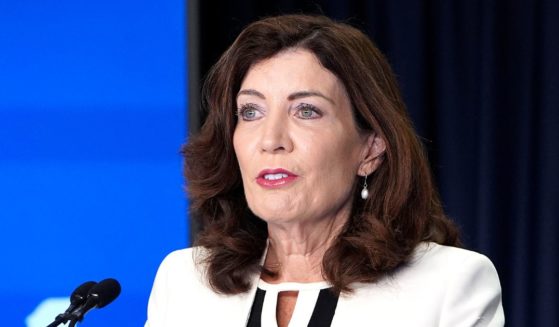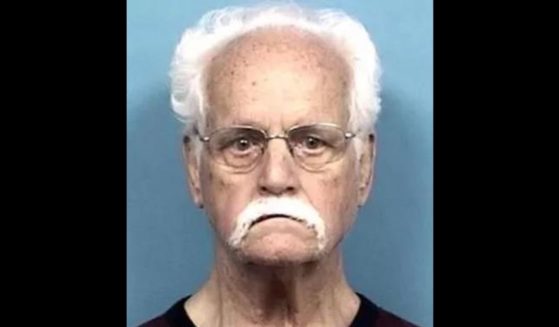Millennial Money: Break free of debt without paying a price
Samantha Ealy graduated with a bachelor’s degree and $70,000 in debt. She worked multiple jobs to pay off student loans, a car, medical bills and credit cards in three years. But looking back, Ealy sees a few missteps.
For example, one job offered a 401(k), but she didn’t put in enough to qualify for an employer contribution, which she now regrets. “That was free money,” she says.
Young people buried under the weight of student loans recognize that paying off their debt is crucial to financial freedom — and for some, to their financial future, too.
In a 2018 NBC News/GenForward survey of 18- to 34-year-olds, a third said debt caused them to put off buying a home and 31% to delay saving for retirement. In addition, 14% percent said they delayed getting married, and 16% delayed having children.
Taking steps to get debt-free and set yourself up for success also means making the right moves now to avoid costly trade-offs later. Three people who paid off debt share lessons they learned, which may help you refine your own strategy.
TRACK YOUR SPENDING
Ealy, now 31 and pursuing an MBA at Stanford University in California, realizes she was hyper-focused on earning more when she should have paid better attention to spending less.
“From day zero, I should have been maintaining a budget,” she says. “Had I done that sooner, I probably would have realized I could have cut some spending that was ridiculous and done without as many jobs as I was working.”
Tip: Build a budget and use one of the many free apps like Mint to stay on top of spending, says Bill Brancaccio, a certified financial planner and co-founder of Rightirement Wealth Partners in Harrison, New York.
SAVE FOR EMERGENCIES
While paying off debt, it may seem counterintuitive to put money away for emergencies. But an emergency fund can prevent you from going deeper into debt when an unexpected expense hits.
Laura Olear, 32, a substitute public schoolteacher in Los Angeles, said her emergency fund saved her while she was paying off close to $31,000 in debt.
Olear used both do-it-yourself methods and a debt management plan from the nonprofit credit counseling agency Money Management International to tackle student loans, a car loan and credit card debt.
She had saved $1,000, some of which she needed for car repairs during her six-year journey to pay down her debt. “I am grateful that money was there,” she says.
Tip: Contributing even a few hundred dollars to an emergency fund can insulate you from common financial shocks, according to a 2016 study from the Urban Institute, a Washington, D.C.-based think tank.
DON’T FORGET ABOUT RETIREMENT
Thomas Nitzsche l earned his own hard financial lessons before he began working for Money Management International, where he’s now spokesman.
Nitzsche, 40, lost his job during the 2008 recession. He stopped contributing to his 401(k) and withdrew all of it to pay off about $12,000 in credit card debt instead. Soon after, he landed his current job and realized his mistake.
“I had to start over at 28 or so with building for retirement,” he says.
Olear had a similar experience. “Retirement for me sounded so far away,” she says. “I withdrew my money, paid all the fines and blew it.”
While paying her debt, she came to understand the value of retirement. Olear now contributes to a 403(b) retirement plan through her job.
Tip: While retirement may seem far off, you can’t afford to ignore it while you’re paying off debt. To accumulate enough money for retirement, you need to give it a long time to grow.
CHOOSE A METHOD THAT FITS YOU
Two strategies to pay off debt include the debt snowball and debt avalanche. With snowball, you pay off debts from the smallest amount to the largest by taking care of the little one first, while paying minimums on the others. Once it’s paid, you roll what you had been paying on it into your payments on the next debt, and so on.
The avalanche approach prioritizes paying off the debt with the highest interest rate first and paying minimums on others. A credit card would be paid off before a student loan, for example.
“The snowball works better for behavioral purposes,” Brancaccio says. If you need quick wins to stay motivated, choose snowball.
But if you’re committed for the long haul, use avalanche. “The avalanche mathematically will generally work out better,” he says.
______________________________________________
This column was provided to The Associated Press by the personal finance website NerdWallet. Amrita Jayakumar is a writer at NerdWallet. Email: ajayakumar@nerdwallet.com. Twitter: @ajbombay.
RELATED LINKS:
NerdWallet: How to build a budget http://bit.ly/nerdwallet-budgeting-101
NBC millennial survey: https://nbcnews.to/2XVBOkK
Urban Institute study https://urbn.is/2V7rHfA
The Western Journal has not reviewed this Associated Press story prior to publication. Therefore, it may contain editorial bias or may in some other way not meet our normal editorial standards. It is provided to our readers as a service from The Western Journal.
Truth and Accuracy
We are committed to truth and accuracy in all of our journalism. Read our editorial standards.












